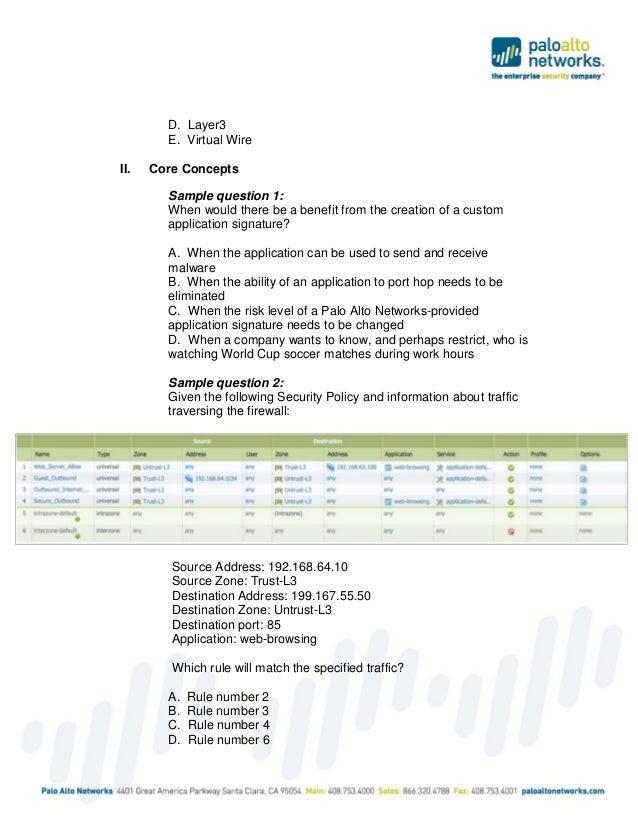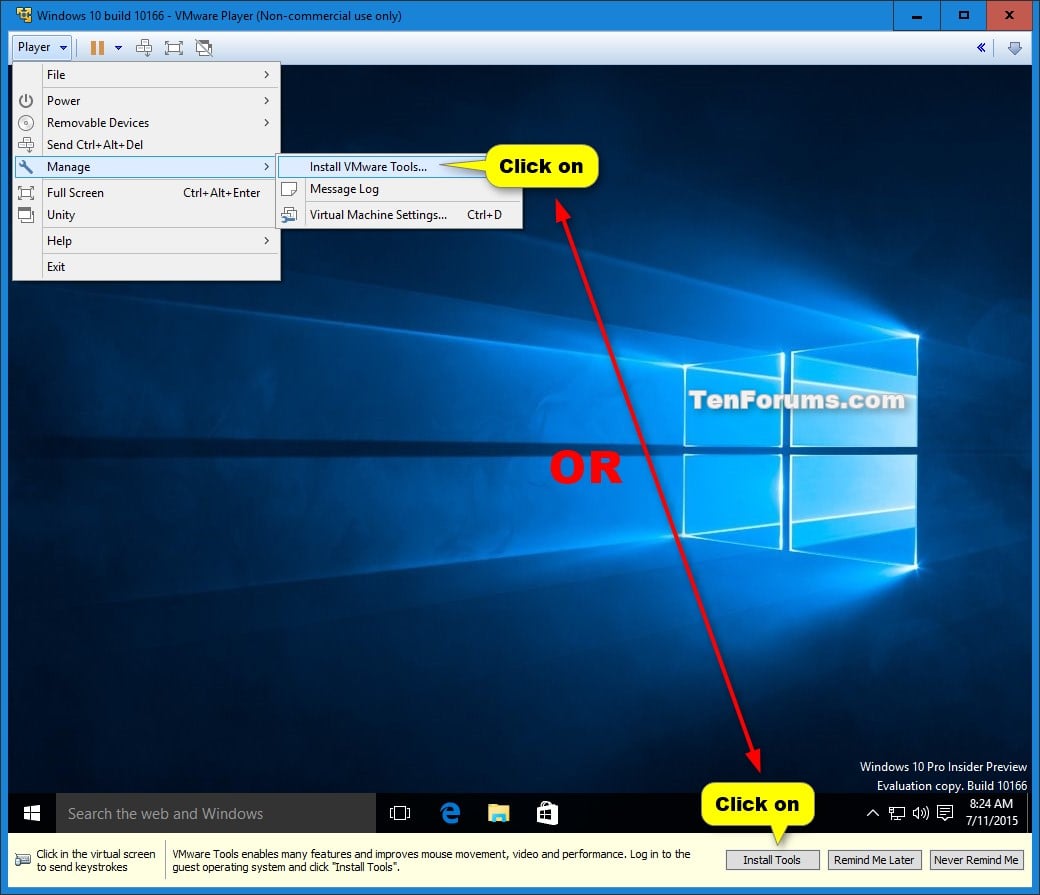Installation Steps For Virtual Wire Mode Evaluation Tools

A virtual wire deployment simplifies firewall installation and configuration because you can insert the firewall into an existing topology without assigning MAC or IP addresses to the interfaces, redesigning the network, or reconfiguring surrounding network devices. The virtual wire supports blocking or allowing traffic based on virtual LAN (VLAN) tags, in addition to supporting security policy rules, App-ID, Content-ID, User-ID, decryption, LLDP, active/passive and active/active HA, QoS, zone protection (with some exceptions), DoS protection, and NAT. Different firewall models provide various numbers of copper and fiber optic ports, which operate at different speeds. A virtual wire can bind two Ethernet ports of the same type (both copper or both fiber optic), or bind a copper port with a fiber optic port. How Is Almond Milk Made there. By default, the Link Speed of copper ports on the firewall is set to auto, which means the firewall automatically negotiates their speed and transmission mode ( Link Duplex). When you, you can also select a specific Link Speed and Link Duplex but the values for these settings must be the same for both ports in any single virtual wire.

Virtual wire interfaces can use to discover neighboring devices and their capabilities, and LLDP allows neighboring devices to detect the presence of the firewall in the network. LLDP makes troubleshooting easier especially on a virtual wire, where the firewall would typically go undetected by a ping or traceroute passing through the virtual wire. LLDP provides a way for other devices to detect the firewall in the network.
Without LLDP, the presence of a firewall through the virtual wire link is practically undetectable to all network management systems. VLAN tags —The example in shows an ISP using virtual wire subinterfaces with VLAN tags to separate traffic for two different customers. VLAN tags in conjunction with IP classifiers (address, range, or subnet) — The following example shows an ISP with two separate virtual systems on a firewall that manages traffic from two different customers. On each virtual system, the example illustrates how virtual wire subinterfaces with VLAN tags and IP classifiers are used to classify traffic into separate zones and apply relevant policy for customers from each network.
Provided in MicroStrategy ODBC Driver for Impala Wire Protocol for Windows and. Linux, page 370. Instructions for installing, configuring, and using the MicroStrategy Evaluation Edition of the software. Cover Letter Truck Driver Resume. MicroStrategy business intelligence tools help organizations to monitor, report, and analyze. Work called virtual wire (vWire) which can span one or more physical machines. VWires on the same physical. The current methods of network virtualization are based on VLANs that are typically configured on the. With a setup that uses Crossbow, flows are bet- ter isolated, the task of classification is assumed by the.
Virtual Wire Subinterface Workflow Configure two Ethernet interfaces as type virtual wire, and assign these interfaces to a virtual wire. Create subinterfaces on the parent Virtual Wire to separate CustomerA and CustomerB traffic. Make sure that the VLAN tags defined on each pair of subinterfaces that are configured as virtual wire(s) are identical. This is essential because a virtual wire does not switch VLAN tags. Create new subinterfaces and define IP classifiers. This task is optional and only required if you wish to add additional subinterfaces with IP classifiers for further managing traffic from a customer based on the combination of VLAN tags and a specific source IP address, range or subnet.



